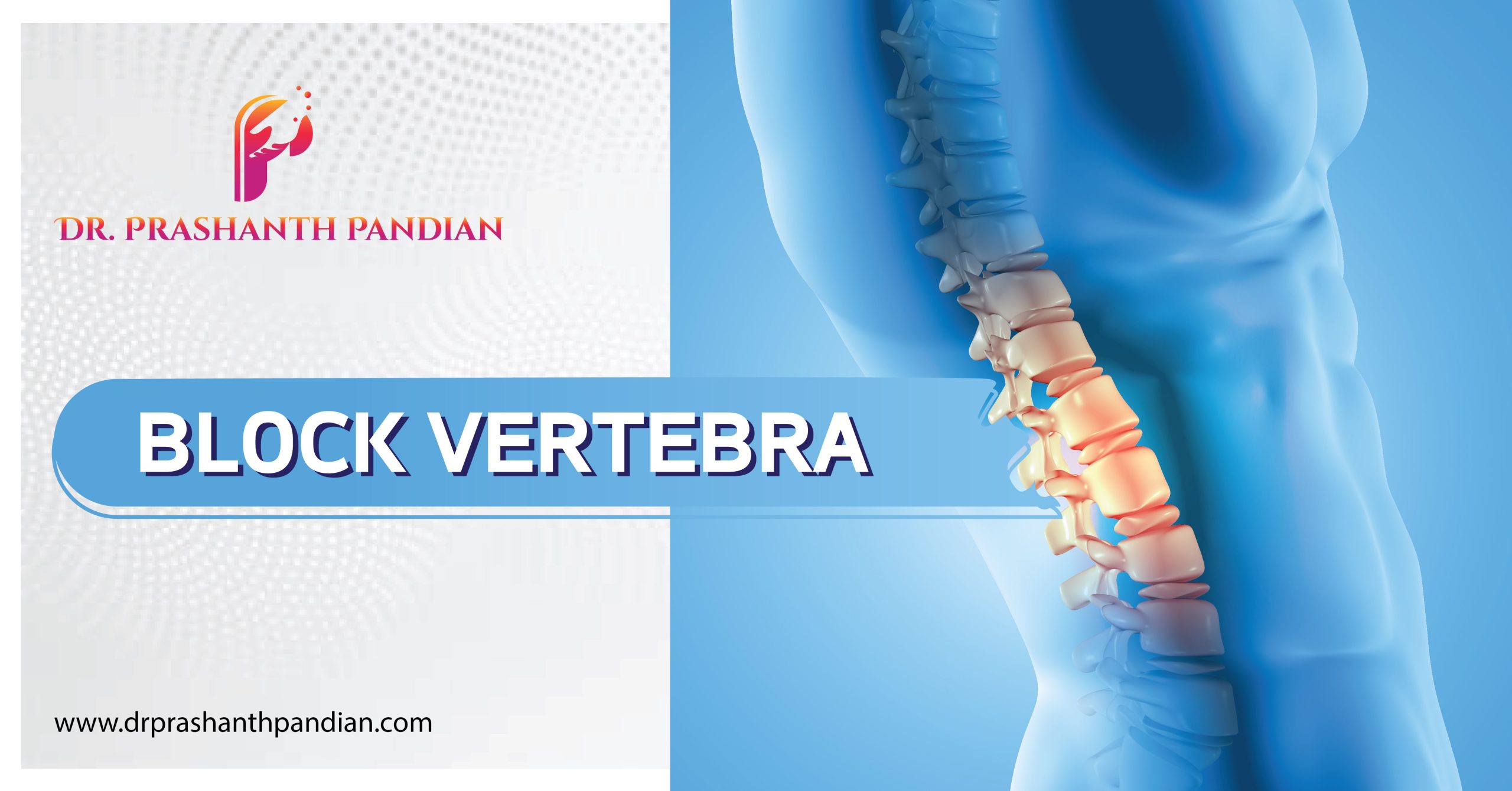Block vertebra, a congenital spinal anomaly, is a rare condition characterized by the fusion of two or more adjacent vertebral bodies in the spine. This unique malformation can affect various regions of the spine and may lead to a range of clinical manifestations. Understanding the etiology, clinical features, and management of block vertebra is crucial for healthcare professionals in providing accurate diagnosis and effective treatment.
The development of block vertebra is primarily attributed to abnormal embryonic vertebral segmentation during the early stages of fetal development. Genetic factors and environmental influences may contribute to the occurrence of this condition. Block vertebra can be classified based on the affected spinal region, such as cervical, thoracic, or lumbar. Each classification presents distinct challenges in terms of clinical presentation and management.
Patients with block vertebra may exhibit a variety of clinical symptoms depending on the location and extent of vertebral fusion. Common manifestations include restricted spinal mobility, deformities, and neurological deficits. In cervical block vertebra, individuals may experience limitations in neck movement and increased susceptibility to injuries. Thoracic and lumbar block vertebra may contribute to abnormalities in posture and spine curvature, potentially causing pain and functional impairment.
Accurate diagnosis of block vertebra involves a comprehensive assessment, including a detailed medical history, physical examination, and imaging studies. X-rays, CT scans, and MRI are valuable tools for visualizing the fused vertebrae, evaluating spinal alignment, and identifying any associated abnormalities. A thorough understanding of the patient’s clinical presentation is essential for making an informed diagnosis.
The management of block vertebra depends on the severity of symptoms, the presence of associated complications, and the individual patient’s overall health. Conservative approaches, such as physical therapy and pain management, may be sufficient for individuals with mild symptoms. Surgical intervention may be considered in cases of severe deformity, neurological deficits, or refractory pain. The surgical options include vertebral osteotomy and spinal fusion procedures to restore spinal alignment and stability.
Block vertebra is a rare congenital anomaly that can significantly impact the spine’s structure and function. While the condition presents unique challenges, advancements in medical imaging and surgical techniques have improved the ability to diagnose and manage block vertebra effectively. Collaborative efforts between healthcare professionals, including orthopedic surgeons, neurologists, and physical therapists, are crucial in providing comprehensive care for individuals with this congenital spinal anomaly. Continued research and clinical experience will further enhance our understanding of block vertebra, leading to improved diagnostic strategies and treatment outcomes.




